by Kuldeep Khuda
The fluid situation in the state of Jammu & Kashmir over last 70 years and particularly since 1990, helped catalyze emergence of large number of Delhi based ‘ Kashmir experts’ and the governments from time to time provided space and ‘incentives’ to them to engineer solutions to Kashmir issue. However, the Kashmir problem only grew in size alongwith the perks provided to these ‘solution providers’.
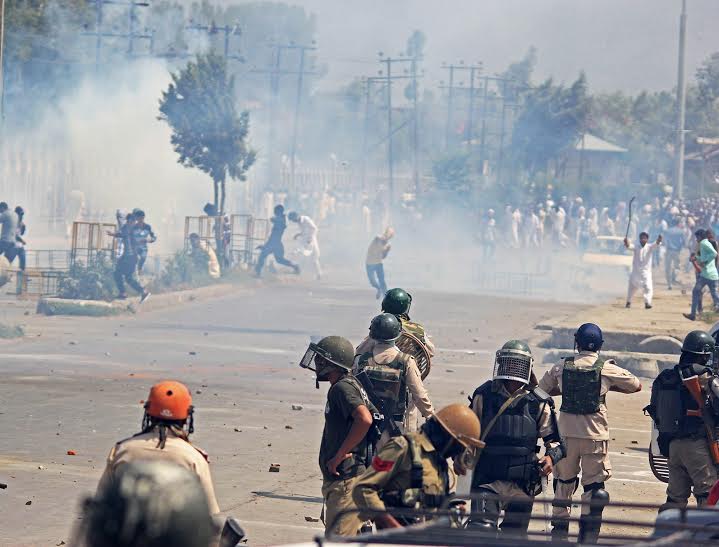
Stone pelting at Eidgah Srinagar port Eid prayers. (KL Image: Bilal Bahadur)
Our nemesis has been that we aspired and strived for quick fix solutions rather than analysing the developing situation from time to time and formulating a clear cut strategy to address all parameters of unrest. Fire fighting any adverse situation has been our preferred response. As a fall out hatred, alienation and anti-nationalism, particularly during last six years, has grown perhaps more rapidly than Indian stock market indices.
When militancy erupted like a volcano in 1990, taking the government and intelligence apparatus by ‘surprise’, there were enough indicators during three decades prior to it and more particularly during three years of 1987-89, about the shape of things to come.
A radical Kashmir Students and Youth League (KSYL) surfaced in 1964. In 1967, arrests of its cadres including present Hurriyat leader Fazal ul Haq Qureshi (who later entered into cease fire accord on behalf of Hizb with then Union Home Secretary, Kamal Pandey in year 2000), led to neutralization of KSYL, followed by trail of its key members in what came to be called ‘Nawa Kadal Conspiracy Case’. During investigation and court proceedings of the case, it got revealed that armed struggle was part of its strategy to seek ‘independence’ of Kashmir.
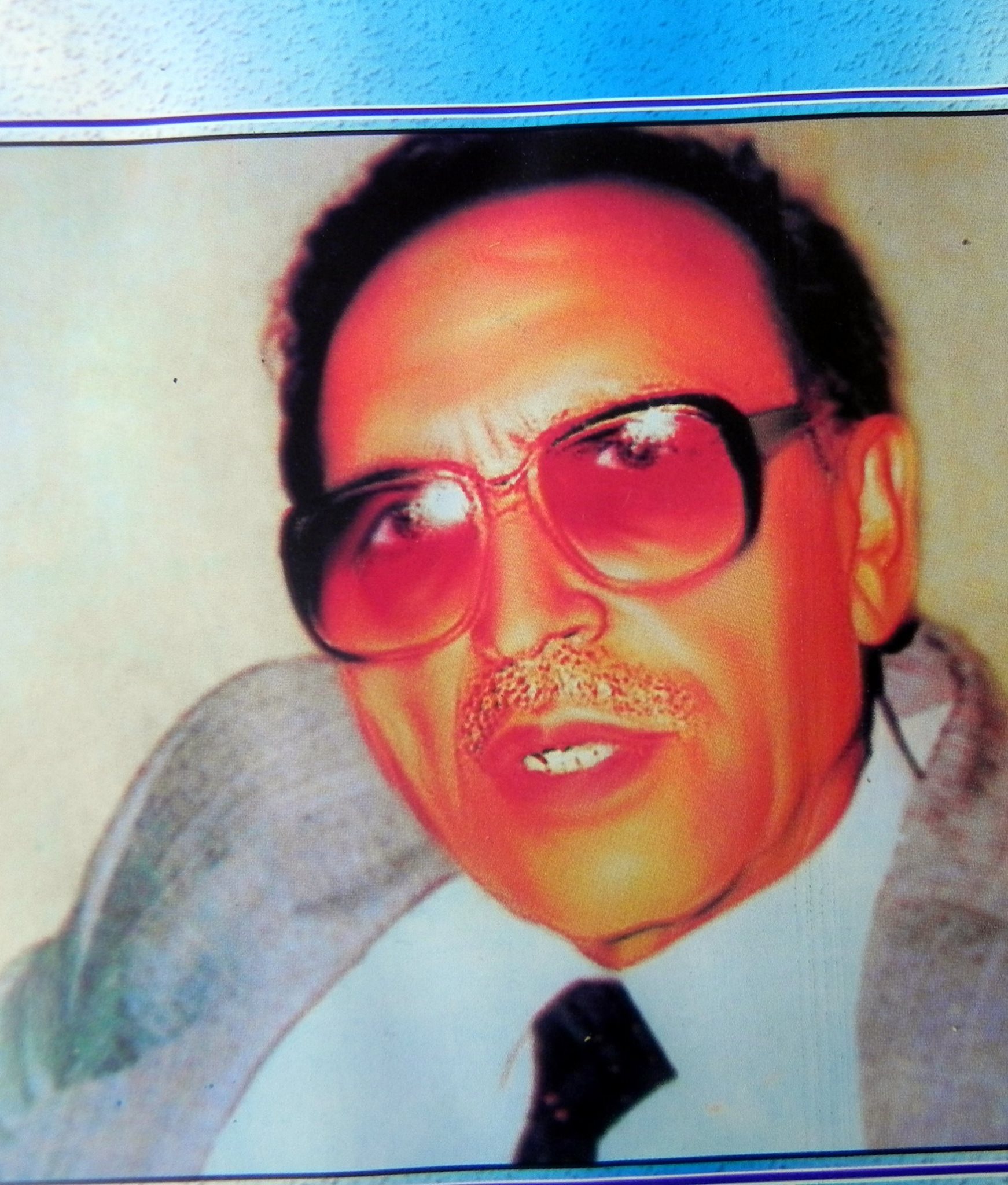
Amanullah Khan
‘Kashmir Liberation Army’ the armed wing of Amanullah Khan founded JKLF, was believed to be behind the killing of Indian diplomat in Birmingham Ravinder Mahatre. As an immediate reaction Maqbool Bhat, co-founder of an associate armed resistance group ‘Kashmir National Liberation Front’, (who was sentenced to death in 1966 for killing of a police officer as part of his militant group’s programme) was executed in Tihar Jail Delhi on February 11, 1984.
On second anniversary of his death, valley wide strike call was given. As an aftermath, many minority pockets got targeted by stone pelters in South Kashmir as a prelude to minority exodus of 1990.
Al Fatah, another outfit was created in 1967-68 with the objective of securing cessation of Kashmir through violent means. With the smashing of the outfit in 1971, most of its members were arrested and large amount explosive material and arms were recovered. After Kashmir accord of 1975, its activists, were gradually released and one of its leaders who was out on parole while serving detention, later rose to become a High Court Judge of J&K.
The bomb blasts of August 15, and August 31, 1983 were alarm bells indicating widespread existence of underground militant network. As we look back, it was in fact a curtain raiser to militancy which was to unfold later.
In 1985 in the border district of Poonch, Pakistan sponsored arms smuggling racket was busted and huge quantity of arms and ammunition seized. Several trans-border arms smugglers, arrested in over a dozen cases, were sent to Joint Interrogation Centre (JIC) where they were interrogated by state and central intelligence agencies. However, underplaying inputs suggesting threat to national security, was not unusual those days.
After execution of Maqbool Bhat, JKLF got actively funded from across the border and it spread its activities to Sopore, Kupwara, Handwara and Trehgam areas of North Kashmir. ‘Islamic Students League’ was formed in 1986 with its prominent activists Hameed Sheikh, Ashfaq Majid, Javid Mir and Yasin Malik. This group of four got prominently known as ‘HAJY’ group’.
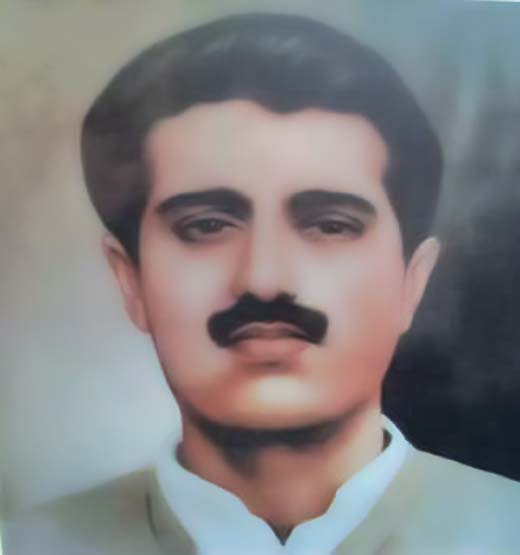
Muhammad Maqbool Bhat
Bolstered by the dividends it got in aiding and abetting terrorism in Punjab, Pakistan ISI was in touch with Amanullah Khan and HAJY group to initiate an armed struggle in Kashmir. Encouraged by developments in Kashmir, full attention turned to Kashmir and bombings at three buildings on July 31, 1988 heralded the beginning of militancy in valley. Large number of fresh recruits crossed the border with impunity. This cross border movement later in 1990 had become so easy that bus loads of young recruits were regularly dropped near border. Guides managed to and fro movement and Kashmir had thousands of trained militants by year end.
Prior to it, in 1987, then District Superintendent of Police, Kupwara seized large quantity of arms and ammunition and arrested infiltrators carrying the consignment. The significant part of the operation was revelation by arrested militants, of Pakistan designs of launching a full-fledged armed militancy in J&K. Each one of four armed militants carried an AK Rifle and they had been well trained in use of weapons. Their interrogation suggested plans of imparting short duration arms training to Kashmiri youth in large numbers and pump them in valley to create armed disorder and facilitate ‘liberation’ of Kashmir.
For any analyst this was a warning about the type of militancy unfolding in Kashmir. However, then Police Chief and Delhi ignored significance of the seizure and interrogation revelations of the arrested. As a consequence insurgency enacted and directed from across the border, took firm roots during three years from 1987 to 1989. The then Chief Minister admitted in legislative assembly on March 28, 1989 that 61 bomb blasts occurred between January 1988 and March 27, 1989 resulting in 18 killed and 94 injured.
By 1989 Kashmir already hosted large number of trained militants and that year large number of bomb blasts, firings and targeted killings of policemen, Intelligence Bureau officials and political figures was taking place across the valley.
The writing was on the wall which Delhi chose not to see. Obvious results followed. We were caught unprepared. Militancy erupted with a bang and militants resorted to killing of important government functionaries and minorities with impunity. Unable to get a sense of security, minority exodus from all over valley followed.
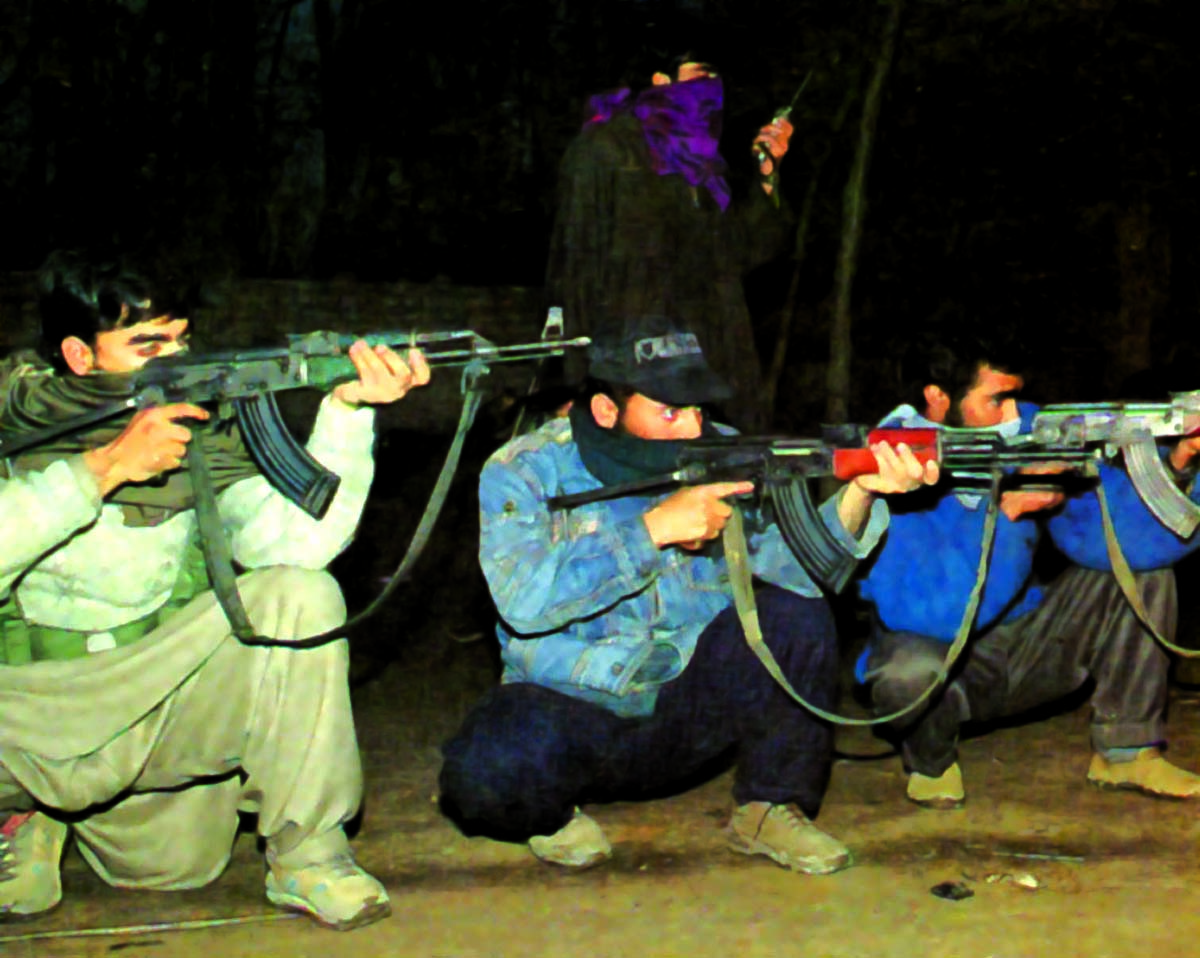
A file pic of militants in early 90s at some undisclosed location in Kashmir valley.
Today after three decades we are still unable to pave way for return of minorities to their homeland. The valley terror waxed and waned during this period. It reached its peak in 2001. The lowest levels of terrorism were seen in 2012. Thereafter, terror graph has been moving up with every passing year. The alienation and radicalization is in uptrend, thereby compounding the problem. The Police and security forces have at the cost of their lives done their best to safeguard integrity of the nation. J&K Police, can be trusted to deliver to the best of its capacity and capability. Its commitment to work, despite adverse and hostile environment has stood test of time over the years. The requirement is for other institutions to rise to the occasion and provide a clean, transparent and development oriented governance. But, in absence of any well thought of policy to address all that is destabilizing the valley, the response remains limited to fire-fighting through security forces to neutralize emerging terror challenges only.
This is not to concede that the Governing apparatus never thought of getting over with the problem in toto. There has been lot of emphasis on dialogue and consensus. Various working groups were constituted to search for ever evading solution. Interlocutors were appointed by different governments to enter into dialogue with all stakeholders and many NGO’s got involved in track two and back channel efforts.
As part of restarting dialogue with all ‘stake holders’, the centre appointed another Interlocutor last year. The government started programme of reaching out to ‘misguided youth’ by withdrawing criminal cases against stone pelters followed by release of another around 150 not involved in ‘serious militancy cases’ from jails on the eve of Eid this year.
Many Action Programmes were floated. But, no concrete long term and short term plan on Kashmir got framed which could be pursued to its logical end. At the end of every journey we found that we actually had not travelled much.
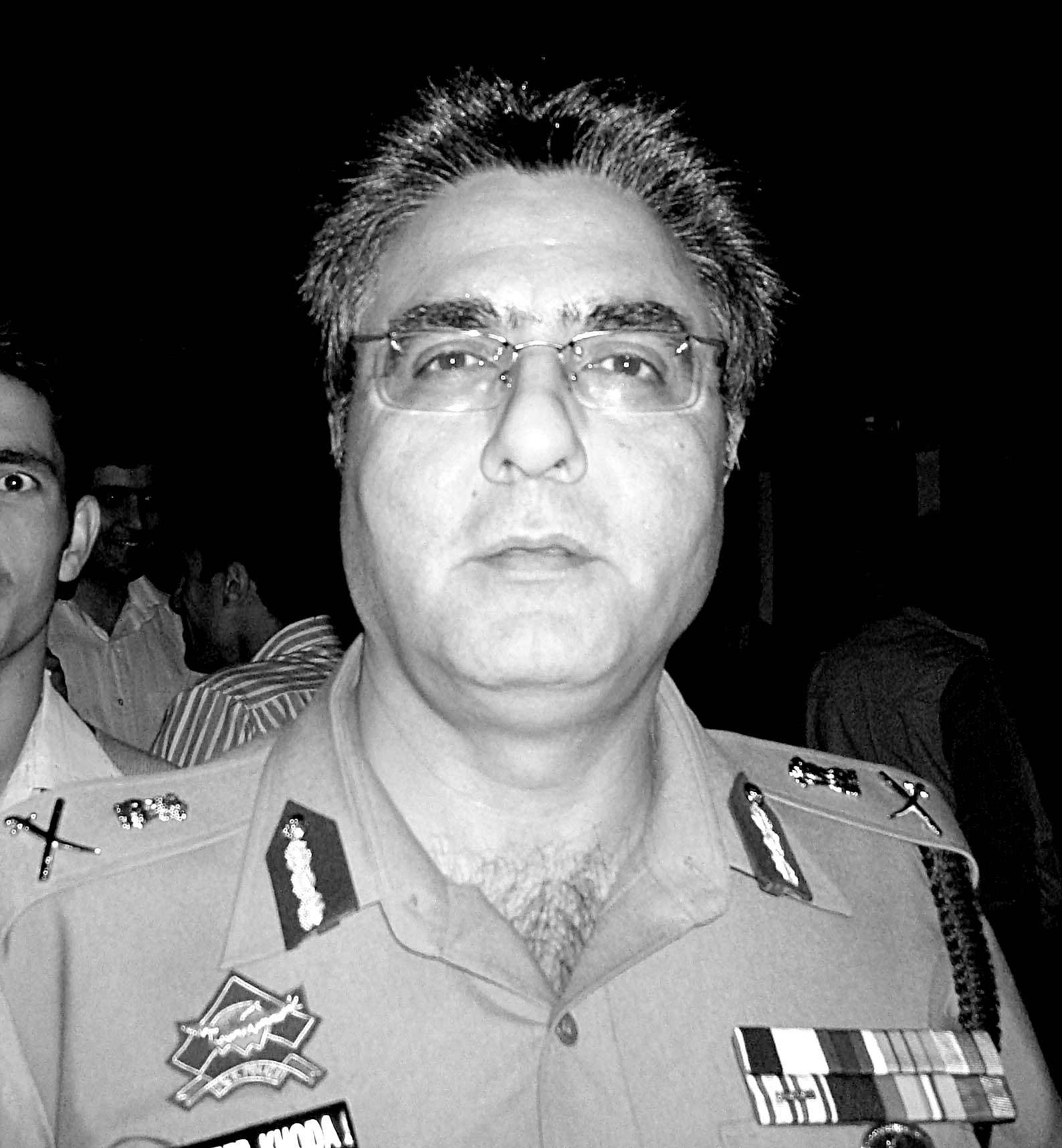
Kuldeep Khuda
With the onset of central rule in the State, the semblance of authority has resurfaced. The terror incidents have receded and almost every day pelting targeting forces with impunity have faded away from the scene. However, it will be out of context to presume that we are in for a long and continuous downtrend in terror incidents, last witnessed from 2001 to 2012.
Are the terrorist outfits testing the waters with new dispensation in place or are they reassessing, regrouping and re-strategizing to up the ante? Going by inputs and past experience, it is both. Pakistan has launched proxy war against India with a purpose and it is not going to abandon it unless forced to give up. Recent years of increased violence, radicalization and alienation has only furthered their hunger to destabilize Kashmir. However, for the government it is time to put in place a well thought of strategy to reduce violence and alienation. Whether it is lull before another storm or brighter days lie ahead of us, will depend upon how well we understand the psyche of Kashmiris, how the establishment drafts and proceeds with short term and long term policy on Kashmir to integrate people of Kashmir with the rest of nation and how far we succeed in developing vested interest of its populace in being part of India’s growth story.
(The author is former chief of the Jammu and Kashmir Police. The ideas expressed in this write-up are personal.)
Scroll the Debate here
from Kashmir Life https://ift.tt/2KGDmIZ
via IFTTThttps://kashmirlife.net
No comments:
Post a Comment